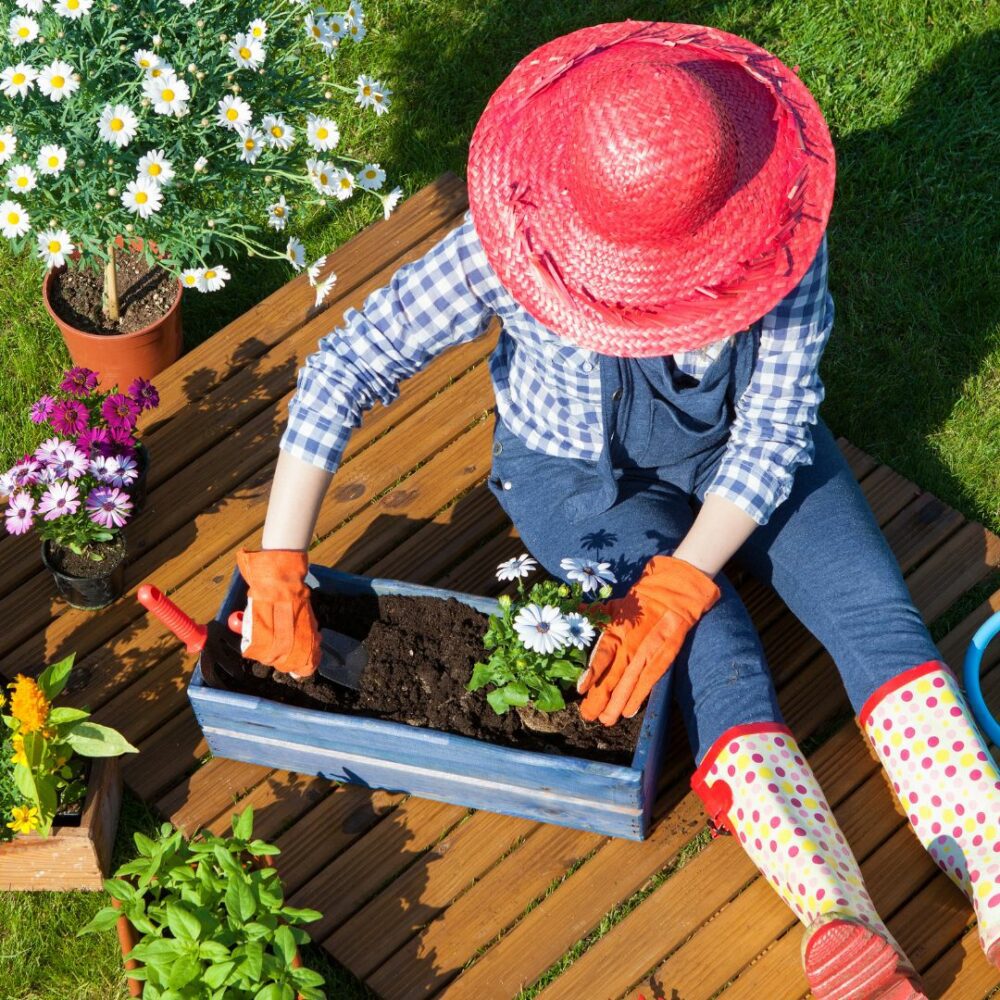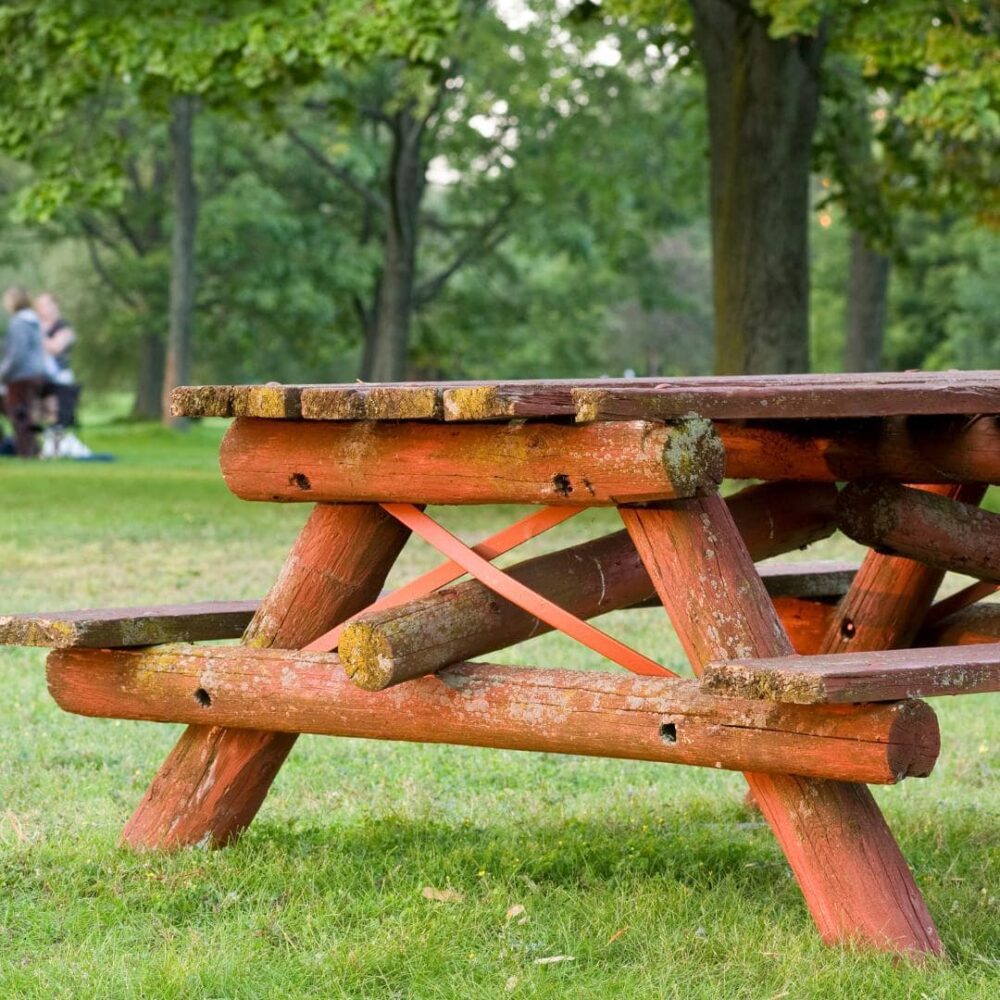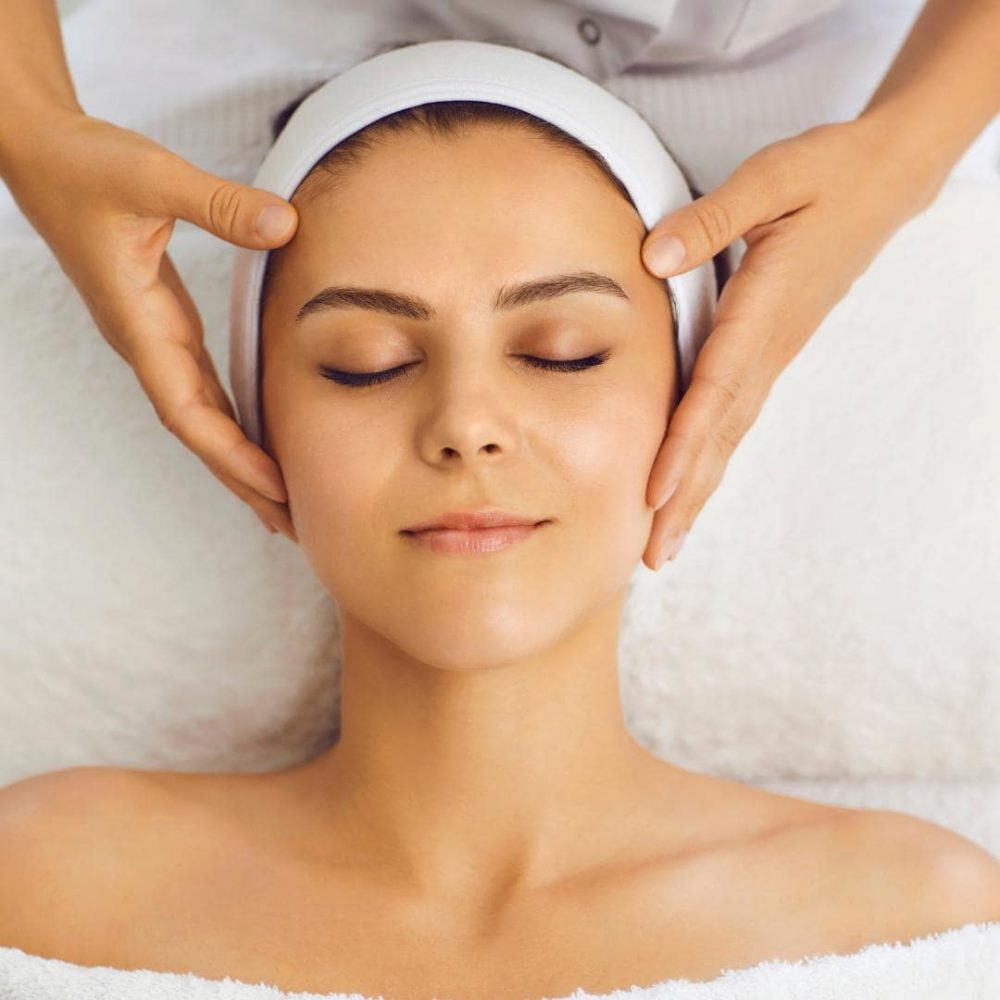
Lymphatic massage, also known as manual lymphatic drainage, is a therapeutic technique aimed at stimulating the flow of lymphatic fluid through the body. This type of massage is increasingly popular for its purported benefits, including improved immune function, reduced swelling, and enhanced overall well-being. But how do you know if lymphatic massage is right for you? Here, we explore the signs and conditions that indicate you might benefit from this specialized treatment.
Understanding the Lymphatic System
The lymphatic system is a crucial part of the immune system, consisting of a network of lymph nodes and vessels that transport lymph fluid throughout the body. This fluid carries white blood cells and other immune cells, helping to fight infection and remove toxins, waste, and other unwanted materials from the tissues. When the lymphatic system is not functioning optimally, it can lead to a buildup of lymph fluid, causing swelling (lymphedema), fatigue, and a host of other health issues.
Signs You Might Need Lymphatic Massage
Chronic Swelling and Lymphedema
One of the most apparent indicators that you might benefit from lymphatic massage is persistent swelling, particularly in the arms or legs. This condition, known as lymphedema, often occurs after lymph node removal or damage due to surgery, radiation therapy, or injury. Lymphatic massage can help reduce this swelling by encouraging the movement of lymph fluid out of the affected area and improving overall lymphatic circulation.
Frequent Infections
If you find yourself frequently battling infections or illnesses, your lymphatic system might be struggling to function effectively. This can be due to a variety of reasons, including a weakened immune system, chronic illness, or even high levels of stress. Lymphatic massage can support your immune system by promoting the removal of pathogens and waste products, potentially reducing the frequency and severity of infections.
Conditions That Benefit from Lymphatic Massage
Post-Surgical Recovery
Recovering from surgery can be a slow and painful process, often accompanied by significant swelling and discomfort. Lymphatic massage is commonly recommended for post-surgical patients to help accelerate healing, reduce swelling, and alleviate pain. By enhancing lymphatic flow, this type of massage can assist in the removal of excess fluids and toxins, promoting faster recovery.
Chronic Fatigue and Fibromyalgia
People suffering from chronic fatigue syndrome or fibromyalgia often experience widespread pain, fatigue, and tenderness in the muscles and joints. These conditions are thought to be associated with poor lymphatic circulation and the accumulation of toxins in the tissues. Lymphatic massage can be beneficial by helping to detoxify the body, reduce pain, and improve energy levels.
Lifestyle Indicators
Sedentary Lifestyle
A sedentary lifestyle can lead to poor lymphatic circulation, as physical activity is a primary driver of lymph fluid movement. If you spend a lot of time sitting or have a job that requires long periods of immobility, you might notice symptoms like swelling in your legs or a general sense of sluggishness. Regular lymphatic massage can counteract these effects by manually stimulating the flow of lymph fluid and promoting better overall circulation.
In conclusion
Lymphatic massage offers a range of benefits, particularly for those experiencing chronic swelling, frequent infections, or conditions such as lymphedema, chronic fatigue, and fibromyalgia. By understanding the signs and conditions that indicate a need for improved lymphatic circulation, you can better determine whether lymphatic massage is a suitable addition to your health and wellness routine.
If you recognize any of these symptoms or simply want to enhance your overall well-being, consider scheduling a consultation with The Supine Studio. Our experienced therapists are dedicated to helping you achieve optimal health through personalized lymphatic massage treatments. Don’t wait—take the first step toward a healthier, more vibrant you.
Contact The Supine Studio today to book your consultation and experience the transformative benefits of lymphatic massage.






